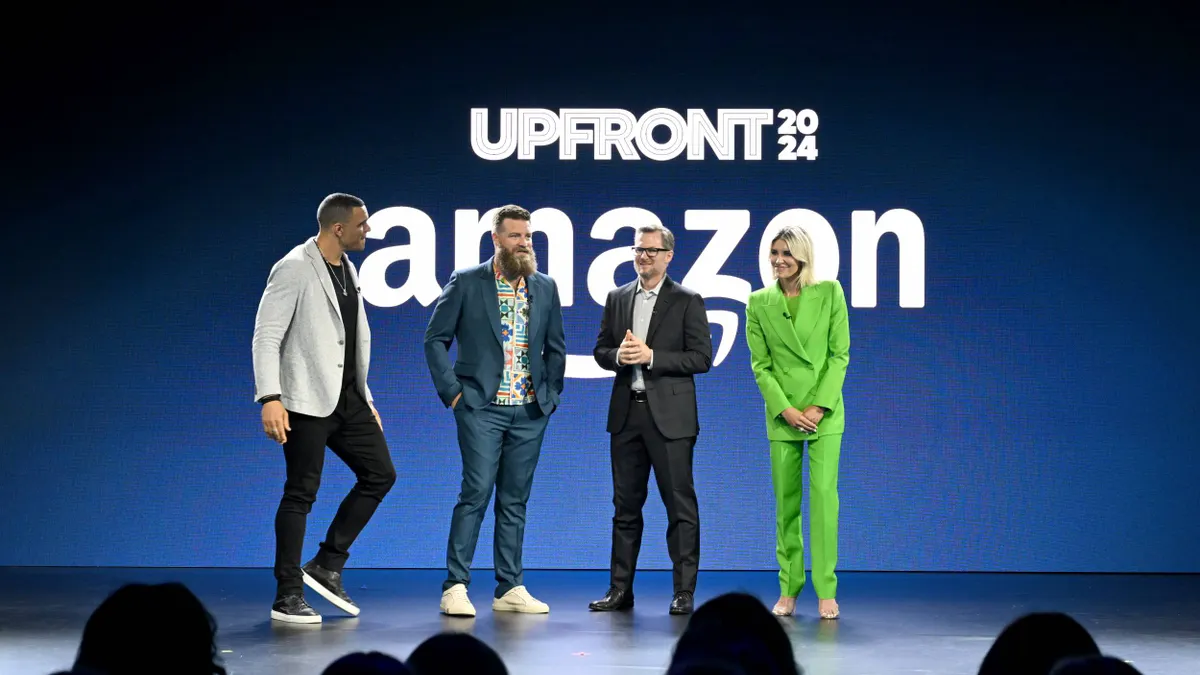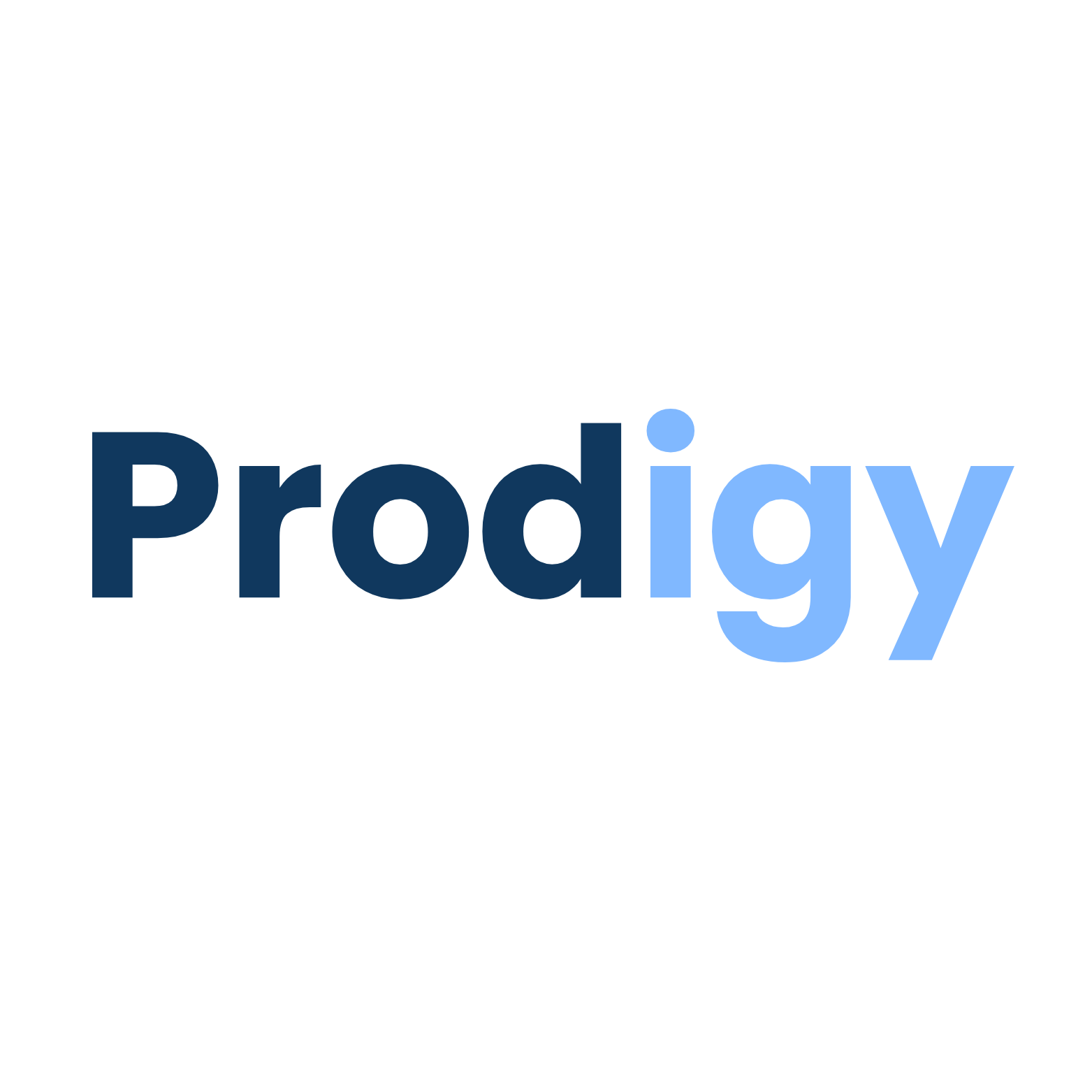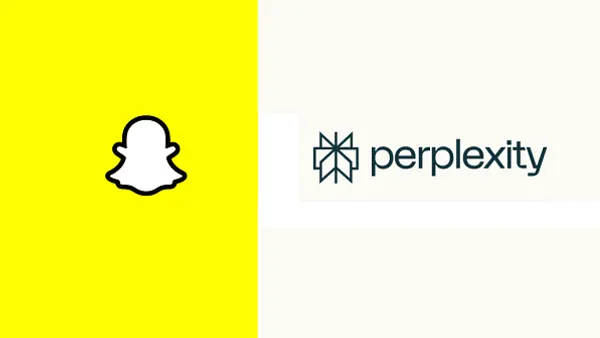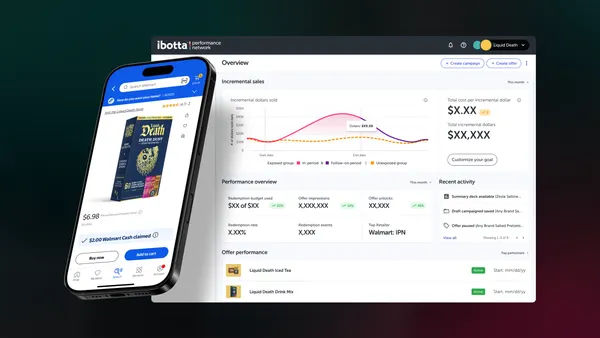Dive Brief:
-
Facebook, the social networking site with 1.28 billion daily active users worldwide, said on Thursday that any publisher who uses its Instant Articles platform to post content can now feature ads in the “related articles” section at the bottom of a page. Testing began on the ads in March and showed an incremental increase in ad sales per thousand page views, according to a blog post by the company.
-
Advertisers that buy ad space in Instant Articles from Facebook cannot control specific placement in the related articles slots, according to a report by Marketing Land. Marketers can choose to run ads in Instant Articles provided by publishers and also block specific publishers and content categories from featuring ads.
-
The company said its Instant Articles platform pays out more than $1 million a day to publishers through its Facebook Audience Network and that revenue per thousand page views has increased more than 50% in the past six months. “Publishers have told us that ads in related articles are an important monetization driver on the mobile web,” according to the blog post.
Dive Insight:
As Facebook transitioned from a desktop service to a mobile-first platform, the company has introduced new ways to make advertising more compelling on a smartphone screen. The social networking site is clearly trying to woo publishers with greater flexibility to put some money in their pockets in this latest move. High-profile news providers, including The New York Times, have been frustrated with slim sales on the platform. In April, NYT dropped out of Instant Articles after trying it out for about a year. "The simple answer is [Instant Articles] simply wasn’t performing for us on an advertising and subscription conversion front," Kinsey Wilson, editor for strategy and innovation at NYT, told Mashable. "We’re not testing an ideological position. We continue to work closely with Facebook and have a very strong partnership."
The move to drive monetization opportunities for publishers on Instant Articles can also be seen as a competitive move to make the platform appealing as publishers face more options for reaching mobile readers, including Google AMP and Snapchat Discover.
When Facebook first launched Instant Articles, it offered media outlets 100% of revenue from ads they sold themselves and 70% of any sales from Facebook’s staff. It also promised faster delivery speeds of content and ads on mobile platforms. That’s not to say all content publishers are disillusioned with Facebook. The company claims the number of publishers supplying content has grown 25% in the past six months to more than 10,000. The audience fragmentation that results from a wider variety of publishers may give advertisers additional ways to target key market segments.
Earlier this week, the social networking site released Canvas full-screen ads in its Collection format, where ads typically appear in people’s news feed with a large photo or video above a gallery of product images. Facebook’s mobile app has three new Canvas templates to harness new customers, sell products and showcase a business, according to a blog post by the company.












